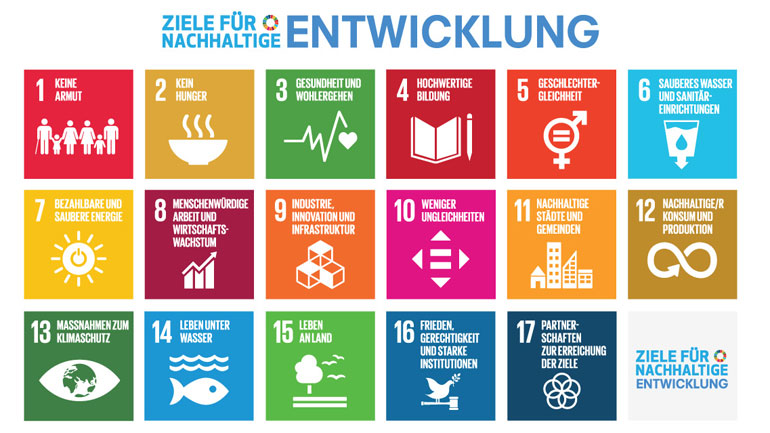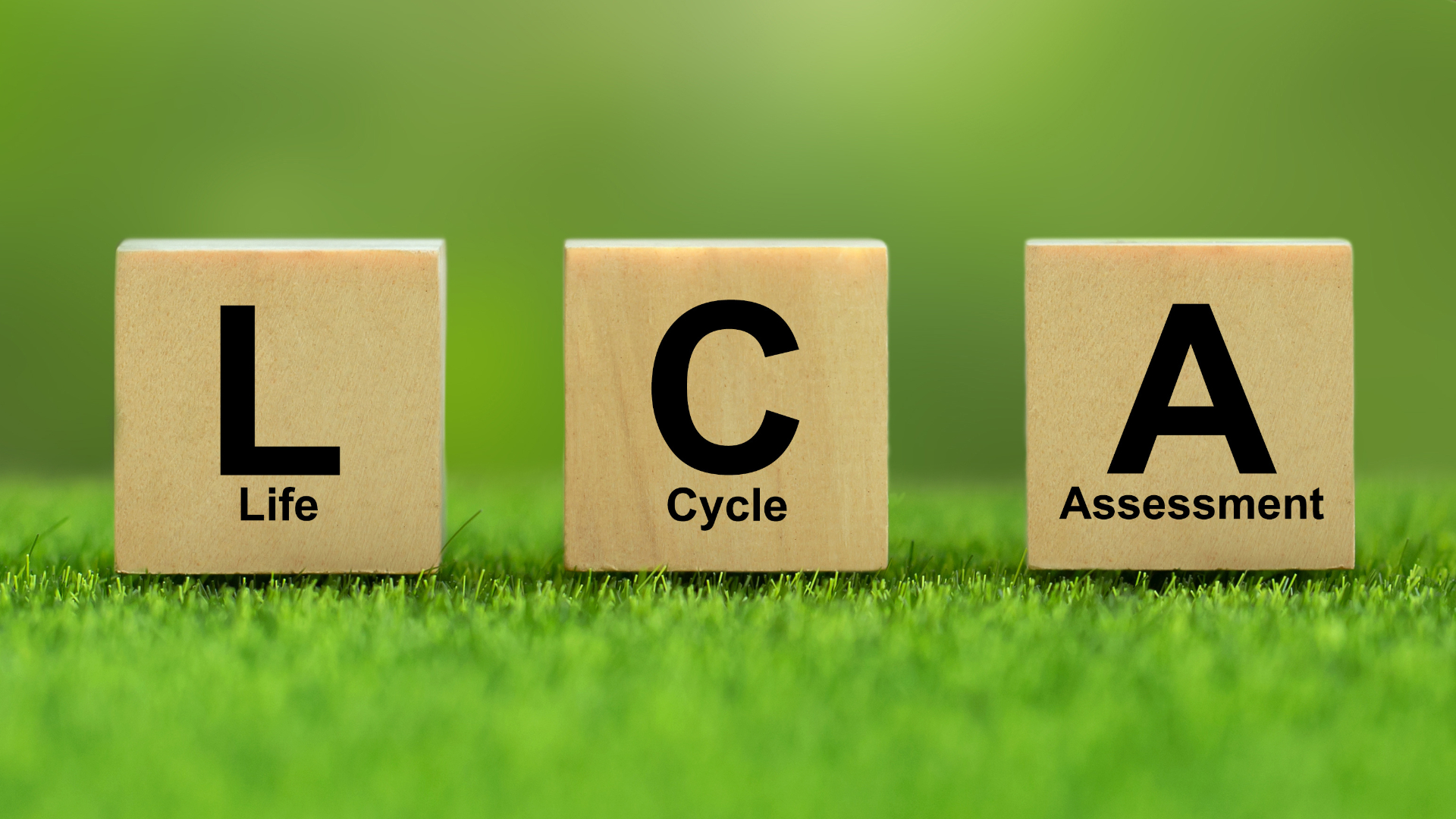
The current SDG report shows that the international community is talking a lot about sustainability goals, but is not investing enough in their implementation.
Four years ago, 193 states agreed to implement the 17 UN Sustainable Development Goals (SDGs). These include the fight against poverty and hunger as well as the commitment to more climate protection or better educational opportunities. In September, the first interim balance will be drawn up. The results are likely to be sobering: The current SDG Report shows that no country will meet all targets by 2030.
Although the industrialized countries come closest to meeting their goals, they cause high ecological and economic costs for other countries due to consumer preferences and living standards. These are the findings of the latest Sustainable Development Report, published by the Bertelsmann Stiftung and the Sustainable Development Solutions Network (SDSN). Since 2015, the authors have been using the report to measure where the global community stands in the implementation of its goals.
The authors see the greatest need for catching up in climate protection and sustainable consumption. All OECD countries have the poorest overall scores. The next weak point is agriculture: a quarter of global greenhouse gas emissions are attributable to land management. In addition, more than three-quarters of all countries (78%) have poor nitrate emissions caused by fertilizers and pesticides.
The mismatch between malnutrition and overproduction of food is also criticized: One third of the world's food ends up in garbage cans or is disposed of, even though over 800 million people are considered malnourished, as the authors stress.
Sustainable Development Report 2019
The Sustainable Development Report with the SDG Index is the only global comparative study of industrialized and developing countries on achieving the UN's sustainability goals. It was compiled by authors from the Bertelsmann Stiftung and the Sustainable Development Solutions Network (SDSN) under the leadership of UN Special Advisor Jeffrey Sachs. The authors compared data from 193 countries. The SDG index uses country profiles and a traffic light system to compare all countries. The UN sustainability goals consist of 17 overarching goals and 169 sub-points, which are designed along social, economic and ecological dimensions. The indicators were designed and selected in cooperation with the SDSN, an association of research institutions to support the UN development goals.


